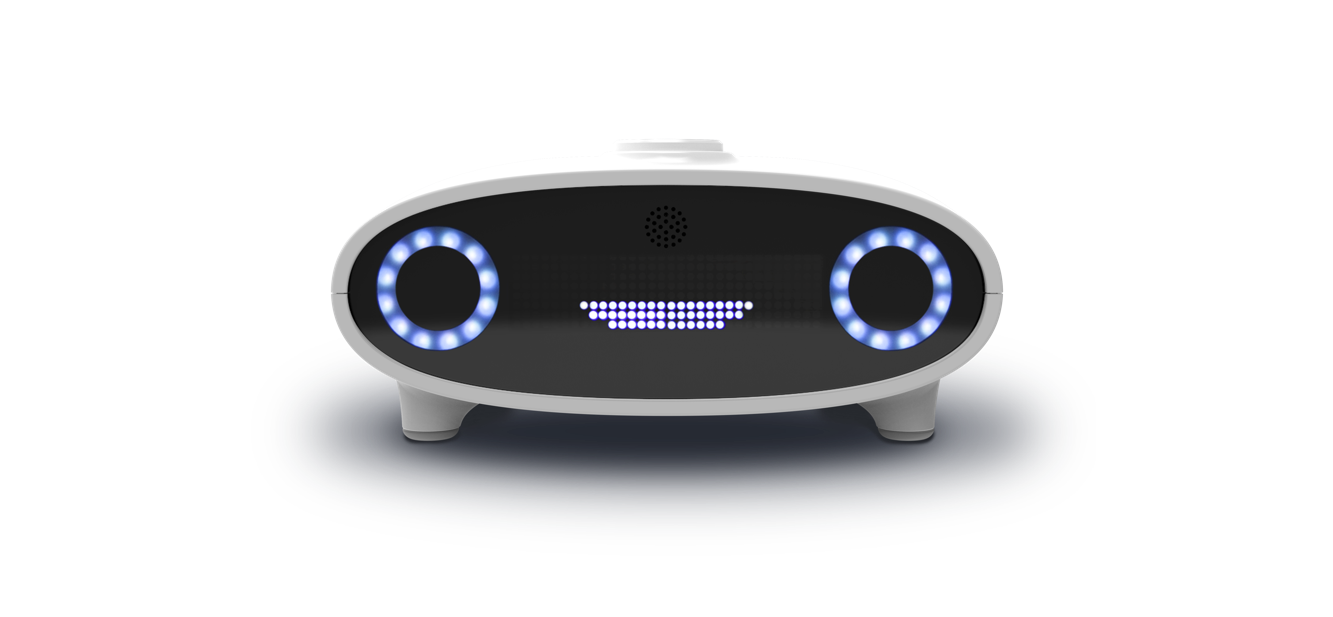Weekly Update March 10
about 7 years ago
– Wed, Mar 15, 2017 at 06:40:02 PM
Check out the newsletter for last week to learn about shipping updates.

Uses natural language to control Internet of Things. Built on Raspberry Pi this whole home AI plays media, controls lights & more.
Check out the newsletter for last week to learn about shipping updates.
Check out our latest update newsletter sharing all of the latest info from Mycroft HQ.
It appears we included a bad link in the last update. So sorry. Here is the updated newsletter link.
So much has happened since last we updated.
Our weekly newsletter is a great place to keep up with what is going on at Mycroft AI
Or you can catch up on the latest as we publish on our blog. We recently posted a shipping update as well as information about a new partnership and Mycroft World Congress.
Mycroft now has a Raspberry Pi image that is ready to run. Developers, makers, hackers and enthusiasts can download the image to their Raspberry Pi and create their own Mycroft enabled projects.
We have created the Picroft image so the community has access to a quick, easy to install artificial intelligence(AI). Our thinking is that having ready access to an out-of-the-box AI will inspire some crazy cool applications. We’re hoping our community proves us right.
This image is specifically designed to run without any configuration on your own Raspberry Pi 2 or 3. Just plug-in a speaker and a low-cost USB microphone, and you have everything you need to start working on your own voice agent.
You can download a pre-built Picroft 0.8 image that is ready to be burned onto a microSD card for your Raspberry Pi or you can access the components of the project which are hosted on Github in the Picroft repository.
To install Picroft on your Raspberry Pi download the disk image and follow these easy instructions: Format the SD Card For Windows users (and also those of you with Mac OS X) the tool of choice for writing a Raspberry Pi OS image to SD card is SD Formatter, from the SD Association. With the card inserted into your computer’s card reader, and ensuring you have the correct Drive letter selected in the drop down menu, open the Option menu and select Full (Erase) and On. This ensures that the full capacity of the storage card will be available.
Click OK, then Format to begin.
Write the Image to the SD Card
To write the disk image, use Win32DiskImager, available from Sourceforge. You may need to run with administrator privileges. Select the correct drive letter for your SD card, browse to the image file and click Write to commence the process. Win32DiskImager will inform you when the data has been written.
First Boot
We recommend that you connect a monitor and a keyboard to the Raspberry Pi for the first use. The system is then self-documenting.
Username: pi
Password: raspberry
Go ahead and give it a try. If you have feedback or questions (or can answer questions for others) please join us on our forums.
*NOTE: Instructions excerpted from Christian Cawley‘s article here.